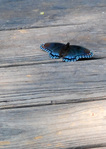I don’t think people looked at me and thought “eating disorder” even though I was totally consumed with exercising, obsessing over what I was eating, bingeing, and purging and then doing it all over again. Like I said, this was one of my rock bottom moments.
My point there is that you really cannot judge an eating disorder book by its cover. Assuming that if someone is struggling, you’ll be able to tell by looking at them is misguided at best. Eating disorders come in all shapes and sizes, suck regardless of whether or not they meet “official criteria” or fit into a box of anorexia, bulimia, or EDNOS, and are all serious. I can remember not thinking I had a real problem because I wasn’t skinny enough to meet the criteria and feeling like I had to convince my doctor and the people around me that I was going through something serious–because I didn’t feel like I looked the part.
Even if someone is overweight or obese, if their habits are disordered, that’s the issue–not their weight. It can be easy for someone who is on a weight loss journey to have justifiably f*cked up relationships with food and/or exercise when we are so busy focusing on fixing the weight problem instead of building healthy habits that will therefore lead to a healthy weight. Weight loss at all costs and getting fixated on a number without giving serious consideration to the means by which a person gets to that goal number misses the point. No wonder there are so many weight loss successes who regain all the weight, plus more. No wonder there are so many miserable newly thin people. No wonder eating disorders are everywhere.
Getting your mind sorted out–in terms of how you think about food, about exercise, about your body and about yourself–isn’t the sexy “get in shape fast” or “bikini body by Friday” kind of crap that we’re sold and that it’s so easy to get caught up in, but it is the recipe for long term happiness, health, and sanity. If you have a healthy mindset, you will get to a healthy weight. If you don’t sort this stuff out, you’re doomed to ride the diet and weight loss rollercoaster forever more. If you’re not willing to do the hard work to shift your thoughts and your beliefs, you’ll be just as unhappy regardless of where your weight falls: disordered is disordered, no matter what kind of a package it comes in.
Now that that’s off my chest, I can get to the real reason behind this post: a couple of tough conversations and some thinking about what’s the right thing to do when you’re concerned about someone who may or may not be struggling with disordered eating, whether because of how they look (not the only indication, as I pointed out above) or because of the things they say (regarding food, exercise, their bodies, weight loss, whatever).
Since it’s not easy to tell, this is automatically a touchy subject. It’s also really easy to piss someone off and/or to feed an obsession. If you comment on how small someone obsessed with getting small is getting, even if you mean it out of a “I’m scared for your life” kind of place, it can be a celebration of them achieving their goal and can reinforce their unhealthy habits and thinking. If someone isn’t ready for it, your comment can wreck a relationship.
But it can save a life.
I make my decisions off of this: I stand for health and for happiness. For everyone.
The conversations I mentioned both touched on the issue of a person not being underweight or looking sick, hence the rant that started this post off.
In response to that and whether or not having that crucial conversation that could save a life is appropriate if someone isn’t visibly disordered or is even overweight, I say it’s not just appropriate, it’s essential.
No one deserves to have an eating disorder. Whether you’re 20lbs overweight or 20lbs underweight or right at that weight that someone or something tells you is ideal, health and happiness require a healthy mindset. I say screw the scale, screw the criteria, screw the ideal. What’s important? What you’re doing, how you’re thinking, and how you’re feeling and functioning. If these things aren’t what you’re focused on making as healthy as possible, something needs to change.
So what do you say to that person? How do you address it without supporting bad behaviours or pissing someone off?
My advice: speak from the heart and be as honest as possible.
The conversation could still go poorly, but what do you give up if you don’t enter the conversation? What are you not honouring if you keep quiet?
If you stand for your friendship, you’ll have that conversation.
If you stand for health and happiness, you’ll have that conversation.
I remember vividly two conversations–one with a friend, and one with my sister–that left me upset. I sometimes wonder if other people who knew what was going on (I don’t think I was hiding it seamlessly) held back for whatever reason–whether because I didn’t look the part or they were scared of making me mad. The conversations that I did may have upset me but they also indicated to me that I mattered and people cared about me.
The sooner we’re willing to talk about this–and to get busy focusing on a new solution, the better. I’m sick of eating disorders, especially the socially acceptable ones. Let’s get back to what’s important and start taking care of ourselves, regardless of what we weigh.
have you ever brought up a concern with someone around an eating disorder? how did it go?
has anyone ever brought up a concern with you? what was it like?
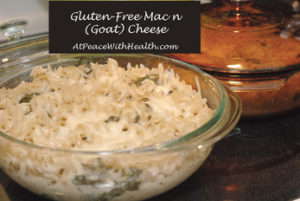
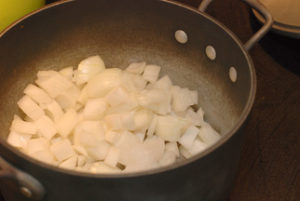
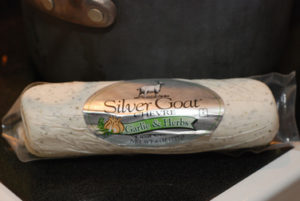

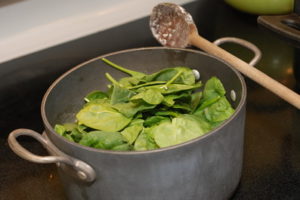

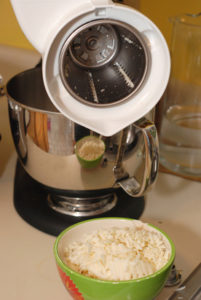
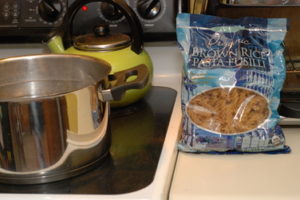
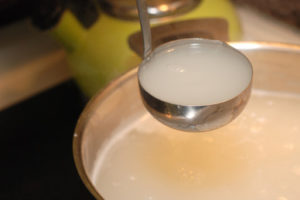
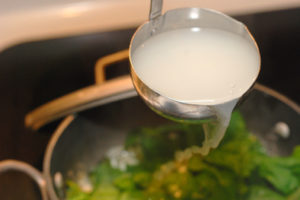
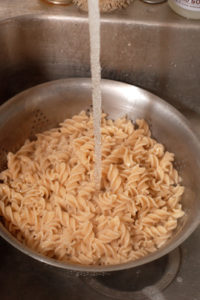






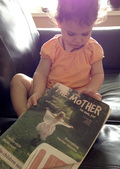 To read more about The Mother, including how to order a subscription or back issues, follow these links:
To read more about The Mother, including how to order a subscription or back issues, follow these links:

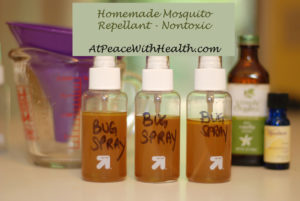
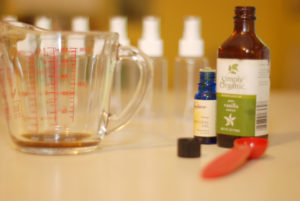
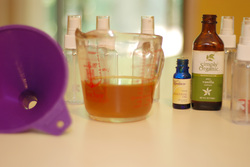


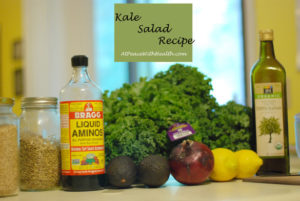





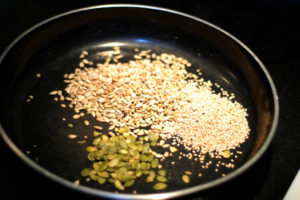
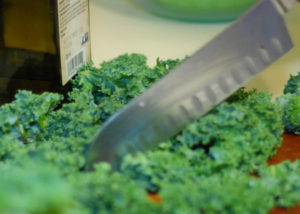

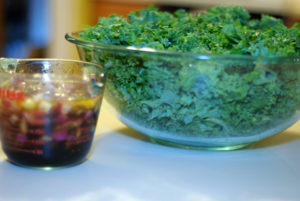
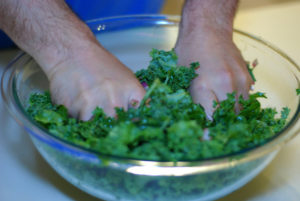
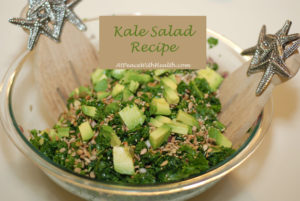
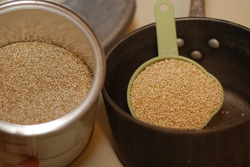
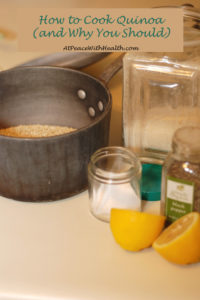


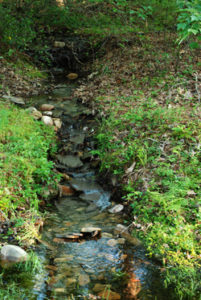 Change asks us to aim for the healing, not the cure, to live for the journey, not the elusive destination. There is a huge difference between healing and cures, journeys and destinations; it is an issue of quality. Taking a journey can be likened to an adventure, one that is filled with mystery and purpose. Change is such a journey.
Change asks us to aim for the healing, not the cure, to live for the journey, not the elusive destination. There is a huge difference between healing and cures, journeys and destinations; it is an issue of quality. Taking a journey can be likened to an adventure, one that is filled with mystery and purpose. Change is such a journey.